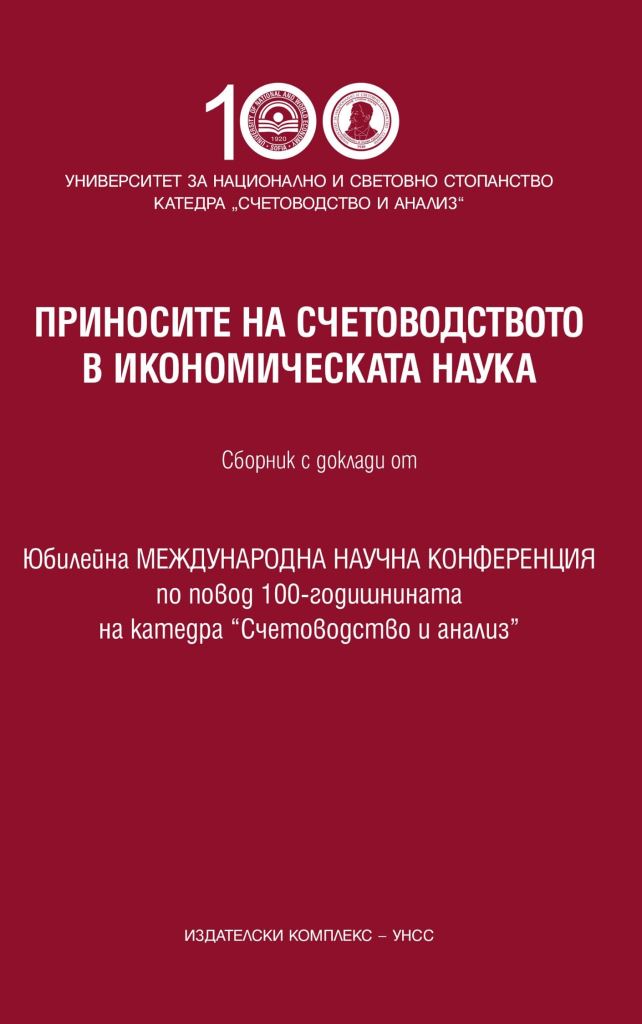РЕНТАБИЛНОСТ НА БАЗА ТРУДОВИ РЕСУРСИ И НА БАЗА РАЗХОДИ ЗА ЖИВ ТРУД (МОДЕЛИ ЗА АНАЛИЗ)
LABOR RESOURCES-BASED AND LABOR COST-BASED RATE OF RETURN (MODELS FOR ANALYSIS)
Author(s): Krastyo Chukov
Subject(s): Economy, National Economy, Business Economy / Management, Public Finances, Accounting - Business Administration, Socio-Economic Research
Published by: Университет за национално и световно стопанство (УНСС)
Keywords: rate of return; resources; cost; analysis models; factors
Summary/Abstract: This publication studies two rate-of-return indicators relevant to enterprises with industrial principal activity: 1) labor resources-based rate of return, and 2) labor cost-based rate of return. In its nature, the first indicator describes the ultimate efficiency of use of one of the major production resources –manpower, and the second – the ultimate efficiency of costs incurred for the operation of manpower. With the help of the denominated factor modelling method, we outline and present two-factor model for analysis of labor resources-based rate of return and four-factor model for analysis of labor cost-based rate of return. The two-factor model enables the identification and evaluates the impact of two factors on the difference between the actual and reference level of labor resources-based rate of return: 1) changes of labor efficiency, and 2) changes of return on sales. The four-factor model gives the opportunity to identify and evaluate the impact of the following factors on the difference between the actual and reference level of labor cost-based rate of return:5) changes of labor efficiency;6) changes of average salary per staff member;7) changes of social security cost per staff member, and8) changes of return on sales.Analysis can be further deepened through detailed review of obtained results and the factors’ impact on the dynamics of the two rate-of-return indicators, in combination with the share method. With regard to the first indicator, it requires analysis of the impact of the factors determining labor efficiency and return on sales, and with regard to the second indicator – the factors determining labor efficiency, average salary per staff member, social security cost per staff member, and return on sales, respectively.
Book: ПРИНОСИТЕ НА СЧЕТОВОДСТВОТО В ИКОНОМИЧЕСКАТА НАУКА
- Page Range: 115-122
- Page Count: 8
- Publication Year: 2020
- Language: Bulgarian
- Content File-PDF

